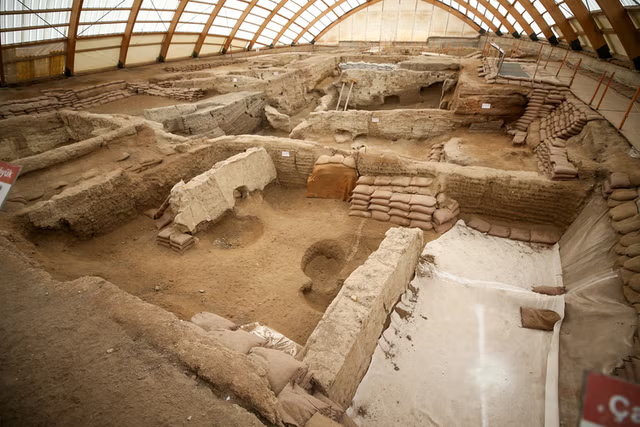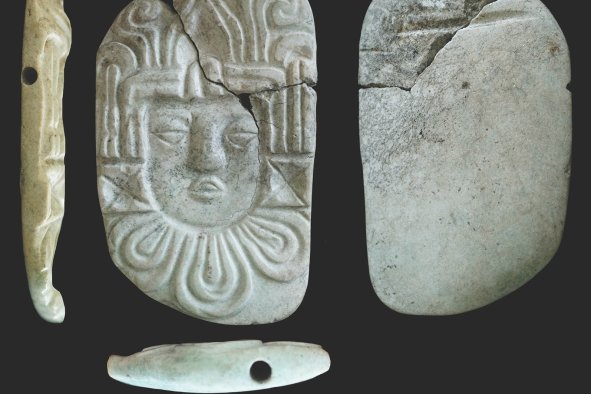Photos have surfaced showing the multiple eruptions on Indonesia's Mount Ruang, which prompted authorities to issue a tsunami alert on Wednesday and order more than 11,000 people to evacuate.
The 2,400-foot stratovolcano on Ruang Island, North Sulawesi province in the Sangihe Islands, erupted at least five times Wednesday,
Stunning high-definition images released by Indonesia's Center for Volcanology and Geological Hazard Mitigation that day captured the lava and ash spewing from Mount Ruang, reflected on the water's surface and putting the volcano in sharp relief against the night sky.
The center has raised the alert standing for the area to the maximum level of four, and residents and tourists have also been warned to remain outside a 3.7-mile exclusion zone around the peak.
"At least 11,615 residents who are in the risk area must evacuate to a safe place," local media quoted Abdul Muhari, chief of the Indonesian disaster agency's communications center, as saying.
No casualties have been reported as of time of writing.
The Center for Volcanology and Geological Hazard Mitigation also issued a tsunami alert. Eruptions can result in a portion of the volcano collapsing into the sea, triggering a massive wave such as the one that devastated a village on a nearby island in 1871.
The agency did not immediately respond to a written request for comment.
The country's aviation authorities announced the closure of Sam Ratulangi Airport, in the North Sulawesi capital of Manado until at least Thursday evening due to flight safety risks posed by volcanic ash.
The column of ash was even picked up by satellite imagery from the Japan Meteorological Agency.
"Monstrous eruption underway at Ruang volcano, just north of Sulawesi, Indonesia. I've never seen estimated ash cloud tops of 63,000 feet before in Asia. Clearly visible on [infrared] satellite imagery too," self-described volcano eruption hunter James Reynolds wrote on X (formerly Twitter).
Mount Ruang is one of 120 active volcanoes in the archipelagic country, which is located in the Ring of Fire, a horseshoe-shaped area in the Pacific Ocean basin characterized by frequent earthquakes and eruptions due to tectonic plate movements. The volcanology agency said seismic activity around the mountain had markedly increased since April 1.
Stratovolcanoes like Mount Ruang are steep-sided, symmetrical cones formed by thick, sticky lava that does not flow easily. This viscous lava creates the conditions for high gas pressure, which often results in explosive eruptions like that seen at Washington state's Mount Saint Helens in 1980.
Disclaimer: The copyright of this article belongs to the original author. Reposting this article is solely for the purpose of information dissemination and does not constitute any investment advice. If there is any infringement, please contact us immediately. We will make corrections or deletions as necessary. Thank you.



